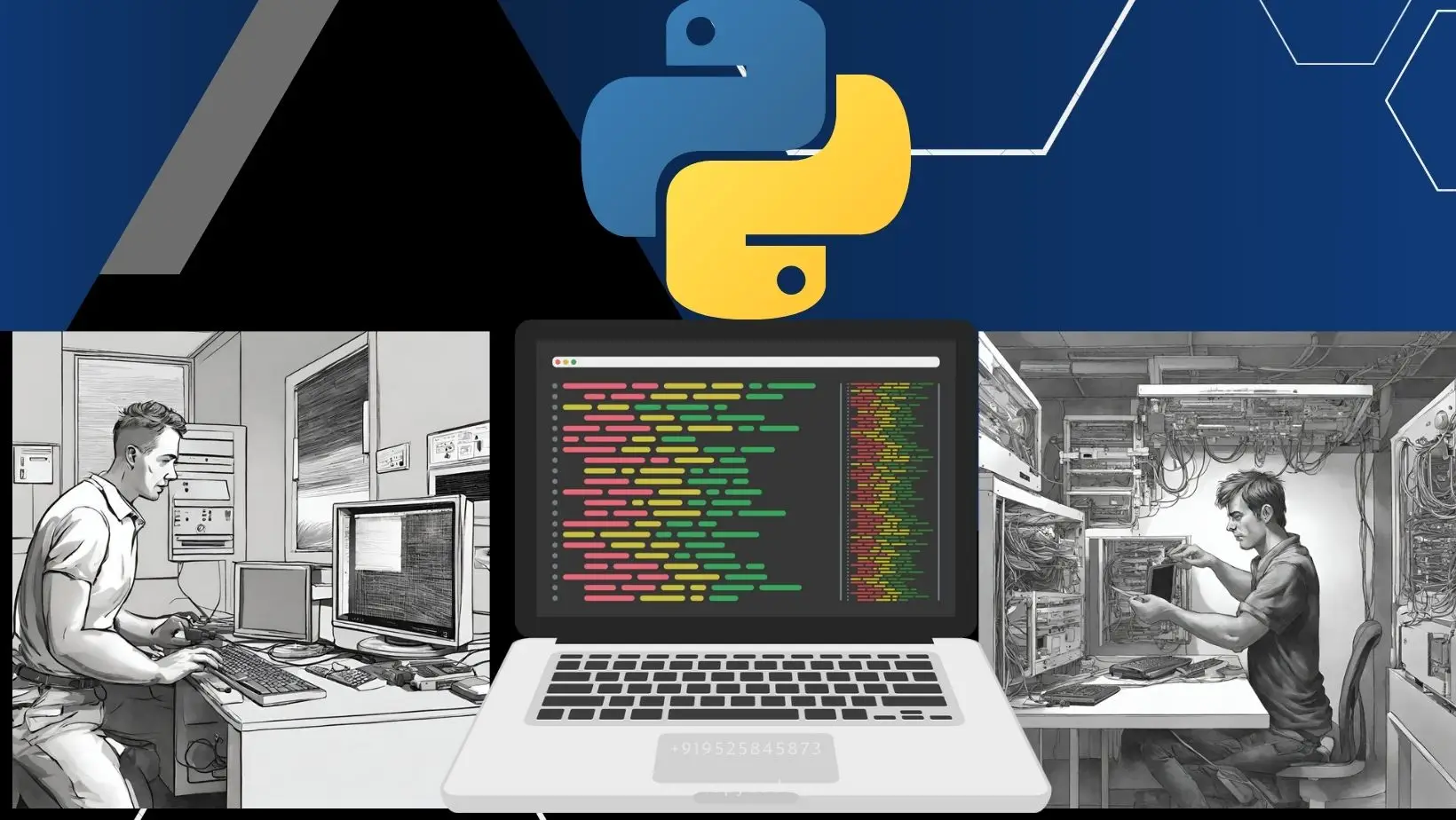Python, a versatile and powerful language, is not immune to errors during development. In this post, we’ll dissect some common Python errors and equip you with solutions to overcome these challenges.
1. ImportError: Module Not Found
Encountering this error? Ensure the module is installed via pip and correctly added to your Python environment. Also, double-check for typos in the import statement.
from mymodule import myfunction # Verify module existence and correct spelling.2. AttributeError: ‘module’ object has no attribute ‘something’
This error signals an attempt to access an undefined attribute or method. Review your code for typos and verify the attribute or method is present in the module or class.
obj = MyClass() obj.nonexistent_method() # Confirm 'nonexistent_method' is defined in MyClass.3. SyntaxError: invalid syntax
A classic Python syntax error. Thoroughly inspect the line mentioned in the traceback for syntax issues, such as missing colons or incorrect indentation.
4. NameError: name ‘variable’ is not defined
Encountering a NameError? Ensure that the variable is declared and in scope before use. Check for typos in variable names.
print(my_variable) # Confirm 'my_variable' is defined and in the correct scope.5. TypeError: ‘X’ object is not callable
If you encounter a TypeError related to calling an object, review the line mentioned in the traceback. Check if the object is meant to be callable and used accordingly.
my_function = 10 # Ensure 'my_function' is not overwritten unintentionally. result = my_function() # Confirm proper usage if 'my_function' is intended to be calla6. IndexError: list index out of range
This error occurs when trying to access a list element at an index that doesn’t exist. Double-check your list indices to ensure they are within the valid range.
my_list = [1, 2, 3] print(my_list[3]) # Ensure the index is within the range of the list.
7. KeyError: ‘key_name’
Encountering a KeyError typically means you are trying to access a dictionary key that doesn’t exist. Verify that the key is present in the dictionary.
my_dict = {'name': 'John', 'age': 25} print(my_dict['gender']) # Confirm 'gender' is a valid key in my_dict.
8. FileNotFoundError: [Errno 2] No such file or directory
If you’re working with files, this error indicates that the specified file path is incorrect or the file doesn’t exist. Double-check your file paths and ensure the file is in the specified location.
9. ValueError: invalid literal for int() with base 10
This error occurs when trying to convert a non-integer string to an integer. Ensure that the string being converted is a valid integer.
value = int("abc") # Confirm that the string can be converted to an integer.10. IndentationError: unexpected indent
Python relies on indentation for code structure. An IndentationError occurs when there are inconsistencies in the indentation. Check and ensure consistent indentation throughout your code.
11. TypeError: unsupported operand type(s) for +: ‘X’ and ‘Y’
This error indicates an attempt to perform an unsupported operation with certain data types. Check the operands and their compatibility.
result = "Hello" + 10 # Confirm that both operands are of compatible types.12. AssertionError: assert expression
Assertion errors occur when an assert statement fails. Review the expression in the assert statement and fix any inconsistencies.
assert x > 0, "x should be greater than 0" # Check the condition in the assert statement13. FileNotFoundError: [Errno 2] No such file or directory
If you’re working with files, this error indicates that the specified file path is incorrect or the file doesn’t exist. Double-check your file paths and ensure the file is in the specified location.
with open('nonexistent_file.txt', 'r') as file: content = file.read()14. ValueError: too many values to unpack
This error typically occurs when trying to unpack more values from an iterable than it contains. Ensure that the number of variables on the left matches the number of values in the iterable.
a, b, c = (1, 2) # Confirm the correct number of values in the tuple.
15. ZeroDivisionError: division by zero
Trying to divide a number by zero will result in a ZeroDivisionError. Check for zero denominators before performing division.
pythonCopy code
result = 10 / 0 # Avoid division by zero by ensuring the denominator is not zero.
16. ModuleNotFoundError: No module named ‘module_name’
Similar to the ImportError in Django, this error occurs when the specified module is not found. Make sure the module is installed and correctly added to your Python path.
import non_existent_module # Verify the module is installed and the name is correct.17. TypeError: unhashable type: ‘list’
This error occurs when trying to use a mutable object (like a list) as a key in a dictionary or an element in a set. Use immutable objects like tuples as keys.
my_dict = {[1, 2]: 'value'} # Use a tuple instead of a list as the key.18. AttributeError: ‘str’ object has no attribute ‘some_attribute’
Check if the attribute you’re trying to access exists for the specified object. This error often occurs when treating a string as an object with attributes.
my_string = "Hello" length = my_string.some_attribute # Confirm 'some_attribute' is applicable to strings.Conclusion
Python, with its versatility, offers a rich set of functionalities. Understanding and resolving these common errors will enhance your Python programming skills. For video tutorials on tackling Python errors and mastering programming, check out our YouTube channel. Happy coding!

